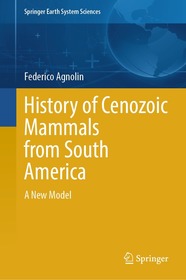
- Publisher's listprice EUR 192.59
-
79 876 Ft (76 073 Ft + 5% VAT)
The price is estimated because at the time of ordering we do not know what conversion rates will apply to HUF / product currency when the book arrives. In case HUF is weaker, the price increases slightly, in case HUF is stronger, the price goes lower slightly.
- Discount 12% (cc. 9 585 Ft off)
- Discounted price 70 291 Ft (66 944 Ft + 5% VAT)
Subcribe now and take benefit of a favourable price.
Subscribe
79 876 Ft

Availability
printed on demand
Why don't you give exact delivery time?
Delivery time is estimated on our previous experiences. We give estimations only, because we order from outside Hungary, and the delivery time mainly depends on how quickly the publisher supplies the book. Faster or slower deliveries both happen, but we do our best to supply as quickly as possible.
Product details:
- Edition number 2024
- Publisher Springer Nature Switzerland
- Date of Publication 24 April 2024
- Number of Volumes 1 pieces, Book
- ISBN 9783031562655
- Binding Hardback
- No. of pages318 pages
- Size 235x155 mm
- Language English
- Illustrations XX, 318 p. 90 illus., 58 illus. in color. Illustrations, black & white 556
Categories
Long description:
Table of Contents:
Introduction.- Brief History of South American Biogeography.- Short summary on main Cenozoic Fossiliferous Localities and South American Land Mammal Ages.- Major clades of South American Mammals.- Spendid Isolation Revisited: The Entente Cordiale Model.
More



